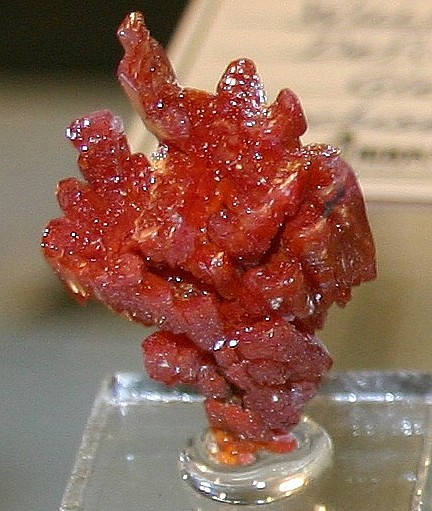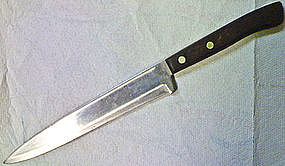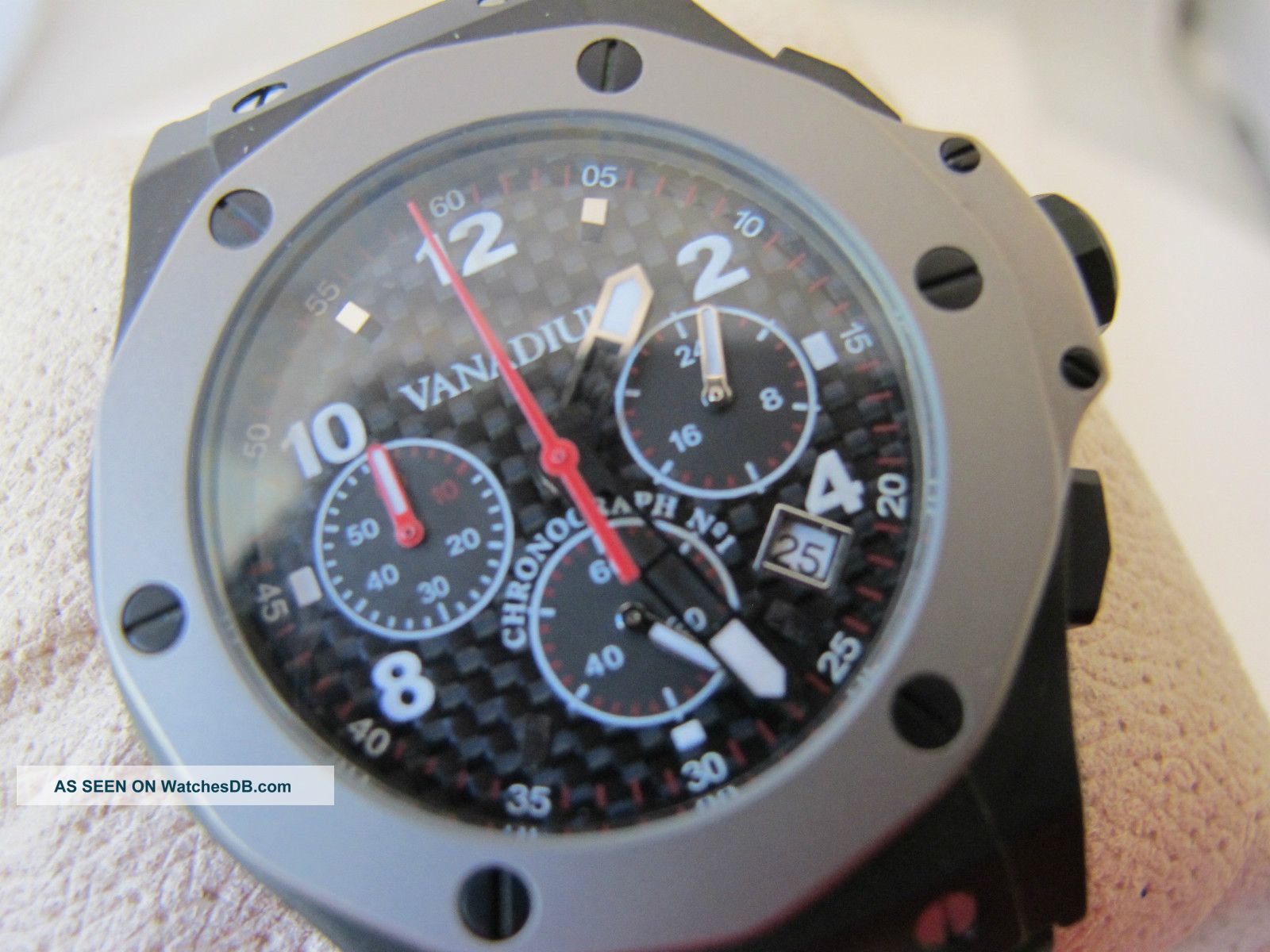


| Symbol: | V |
| Melting point: | 1910'C |
| Electron configuration: | [Ar]3d34s2 |
| Atomic number: | 23 |
| Atomic mass: | 50.9415±0.0001u |



| Ore | Common Name | Formula |
|---|---|---|
| Sulphide | Patronite | VS4 |
| Silicate | Roscoelite[Vanadium bearing mica] | |
| Vanadate | Carnotite | K2(UO2)2(VO4])3H2O |
| Chlorovanadate | Vanadinite | (PbCl)Pb4(VO4)3 |
The vanadium ores are crushed and reduced in a rotary kiln in the presence of coal and lime stone. The sponge iron produced may be smelted in a submerged arc furnace. During melting process vanadium joins the molten iron. The titanium finds its way into slag. The molten iron is taken to an oxygen furnace. Oxygen is blown into the molten iron. The slag is separated and kept for extraction of titanium. The molten iron is kept in the same furnacse. Oxygen is blown in to the furnace. Secondary slag is formed. Vanadium joins the slag due to its affinity with oxygen. The vanadium is extracted from the secondary slag. The molten iron is cast into pig castings as pig iron. Ferrovanadium is produced by melting of vanadium bearing slag with pig iron and sponge iron. The process is known as thermal process. Vanadium can also be produced by crushing, agglomeration, leaching, and precipitation.
The working temperature is 850'C. The current is applied and electrolysis is started. Slowly, the titanium is dissolved in the electrolyte and there is precipitation of titanium at the cathode end. The iron and other impurities remain unchanged. These impurities are removed from time to time. The composition of the electrolyte is also adjusted by addition of titanium chloride and sodium chloride. The titanium metal is deposited at the cathode end. It is separated carefully to avoid any contamination.The separated metal of titanium is cleaned and kept for future use. The cell used for electrolysis is made up of graphite. The graphite cell helps in reduction of contamination of iron, silica and other impurities. The anode is covered with a porous diaphragm. The cathode is also covered with a porous diaphragm.
Vanadium is an important alloying element of steel. It is a ferrite stabilizer. It also forms strong carbide. Vanadium is a deoxidizer and produces fine grained steel. High speed steels have atleast 1percent of vanadium. Vanadium resists softening during tampering.The super -high-speed steels may have vanadium up to 5percent. Vanadium improves the hardenability of steels. Vanadium carbides enhance the high temperature strength by providing a fine and stable dispersion of carbide particles in matrix. Leaf springs, heavy duty-axles, gears, valves, pinions, torsion bars use steel having vanadium. Plain vanadium steels are used in early parts of 20th century. Chromium-Vanadium steels are used for machine parts. Vanadium steels are used for casting and forging. Micro alloyed steel and High strength low alloyed steel also contain vanadium up to 0.0percent.Vanadium is also added to cast iron to promote heat resistance. It forms stable carbide, which does not break down on heating. Strength and hardness are increased, when vanadium is used in conjunction with other alloying elements.